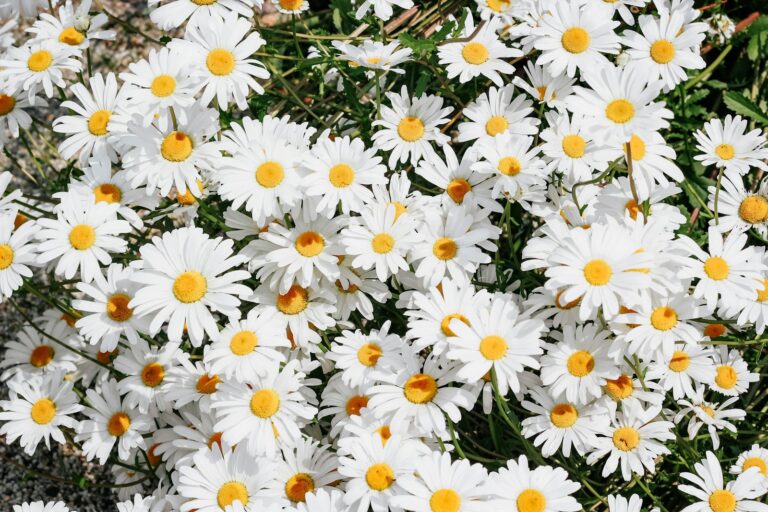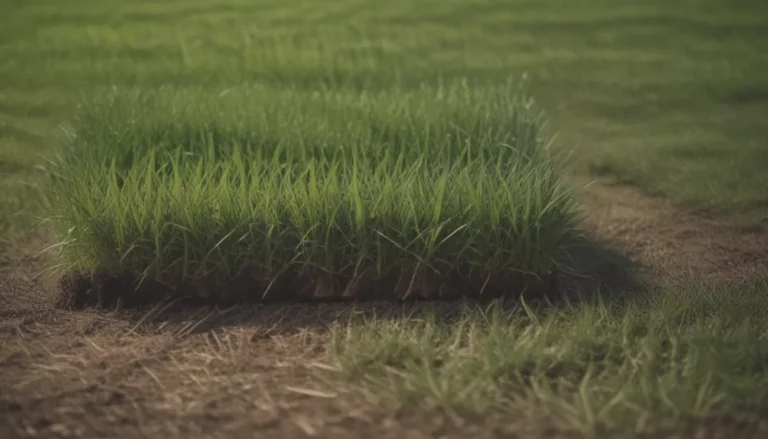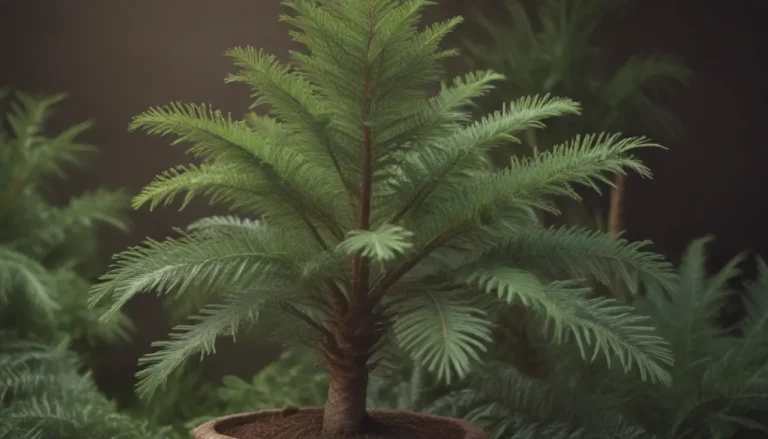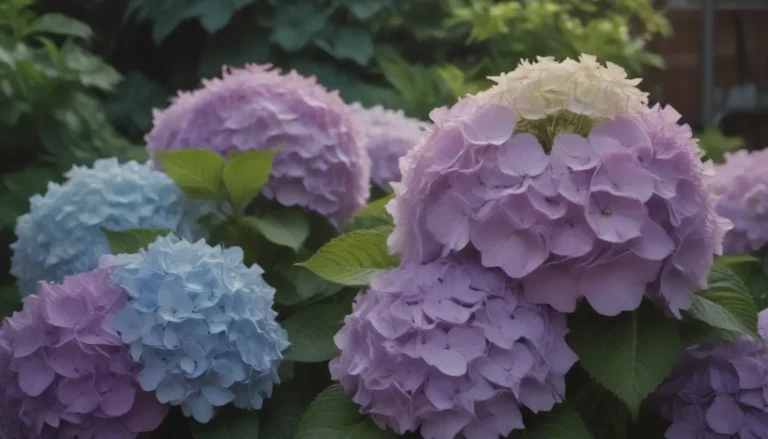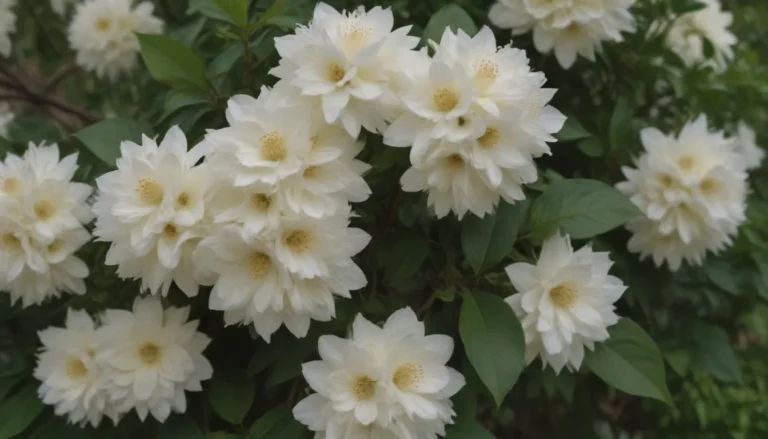Comprehensive Guide on Growing and Caring for Moonshine Snake Plant
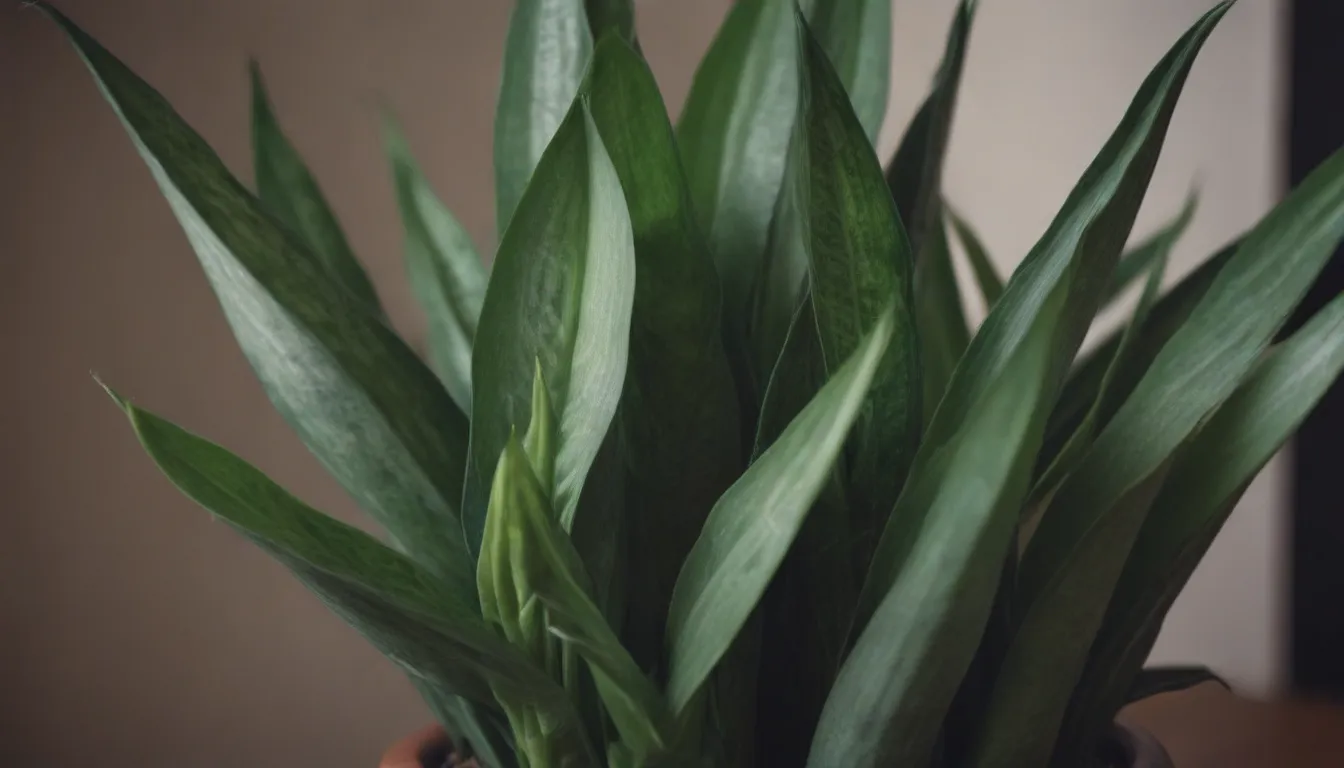
If you are a plant enthusiast or simply looking to add some greenery to your home or office space, snake plants are an excellent choice. Recognized for their resilience, low-maintenance nature, and modern aesthetic appeal, snake plants have become a staple in interior decorating. While the standard Dracaena trifasciata and popular Dracaena trifasciata ‘Laurentii’ are well-known varieties, the moonshine snake plant (Dracaena trifasciata ‘Moonshine’) is gaining traction for its unique silver-green leaves and upright growth habit.
Before delving into the world of moonshine snake plants, it is important to note that they are mildly toxic to both pets and humans if ingested. Therefore, exercise caution and keep them out of reach of children and furry friends.
Moonshine Snake Plant Care
Snake plants, including the moonshine variety, are beloved for their forgiving nature and ability to thrive in various conditions. Here are some essential tips to help you care for your moonshine snake plant:
Light
- Moonshine snake plants prefer bright to medium indirect light when grown indoors.
- They can also tolerate low light conditions, but growth may be slower and leggy over time.
Soil
- Use a well-draining, porous soil mix for your moonshine snake plant, such as cactus or succulent soil.
- Create your own soil mix by combining equal parts potting soil, perlite, and sand.
Water
- Allow the soil to dry completely between waterings to prevent root rot.
- The watering frequency depends on the light exposure, temperature, and humidity levels. Test the soil moisture before watering to avoid overwatering.
Temperature and Humidity
- Maintain temperatures between 55 and 85 degrees Fahrenheit (13 to 29 degrees Celsius) for optimal growth.
- Moonshine snake plants thrive in average-to-dry humidity levels and are suitable for indoor environments.
Fertilizer
- Fertilize your moonshine snake plant with a balanced, diluted houseplant fertilizer during the growing seasons of spring and summer.
- Avoid fertilizing during fall and winter when the plant is dormant.
Propagating Moonshine Snake Plant
- Propagating moonshine snake plants can be a lengthy process, but it is rewarding and relatively simple.
- New pups grow slowly, so patience is key when propagating these plants.
Potting and Repotting
- Repot your moonshine snake plant only when it has outgrown its current container, approximately every two to three years.
- Choose a pot that is slightly larger than the previous one and refresh the soil during repotting.
Common Pests and Diseases
- Watch out for common pests like mealybugs, spider mites, scale, and aphids.
- Root rot, caused by overwatering, is a common issue. Ensure proper drainage to prevent this disease.
Common Problems
- Mushy stems indicate root rot due to overwatering. Remove affected parts and propagate healthy sections.
- Brown spots can result from leaf burn, pests, or dry air exposure. Check for pests and adjust environmental conditions accordingly.
- Leggy growth suggests inadequate lighting. Position your plant in medium to bright indirect light to prevent this issue.
Availability and Growth
Moonshine snake plants, while not as common as other varieties, have become more accessible due to their increasing popularity. These slow-growing plants can reach heights of up to 4 feet over several years. Known for their air-purifying properties, snake plants, including the moonshine variety, are effective in removing toxins and producing oxygen, as demonstrated in NASA’s 1989 Clean Air Study.
In conclusion, moonshine snake plants are a stylish and resilient addition to any indoor space. With proper care and attention to their specific needs, you can enjoy the beauty and benefits of these unique plants for years to come. Remember to incorporate them into your interior design while keeping in mind the safety of your loved ones, including pets. If you encounter any challenges along the way, refer to this comprehensive guide for assistance in nurturing your moonshine snake plant to its full potential.
